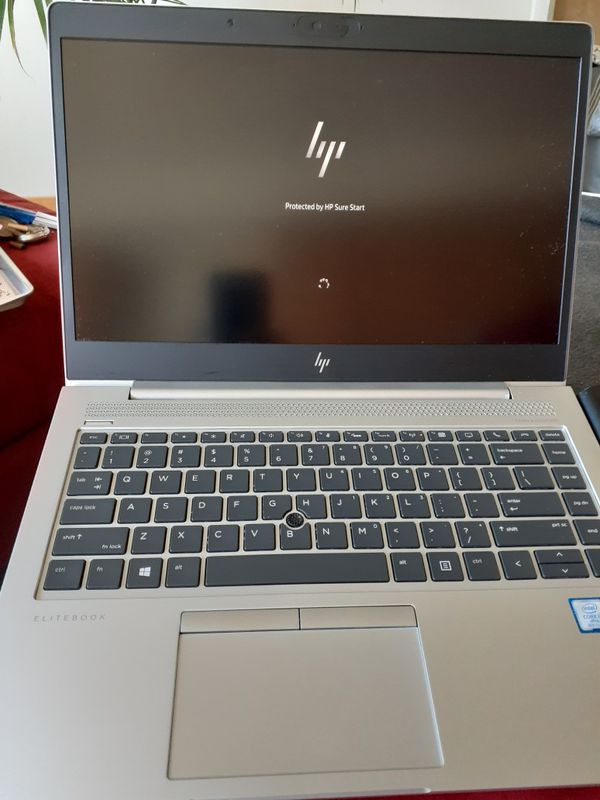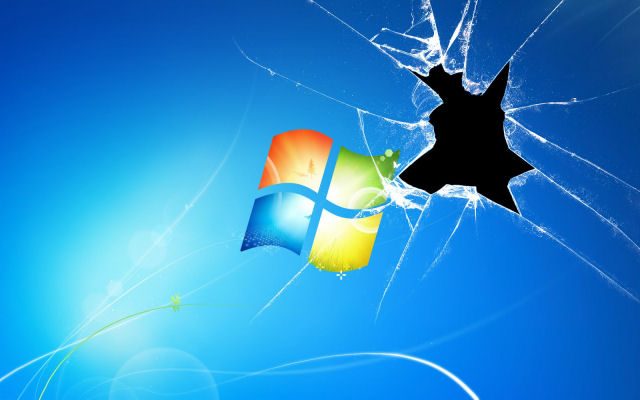
I’m writing this comment as an add-on or alternative to the main article here.

Make sure you follow all steps correctly and launch the Command Prompt with admin rights (as given in the guide) to avoid errors. Update: If you find this guide difficult to follow, please use the easy-to-use Rufus software to create a bootable USB. If you got any problems following this guide, feel free to ask questions by leaving a comment. Note: If you are not able to boot after following this guide means you haven’t set the BIOS priority to USB. I won’t explain it as it’s just the matter the changing the boot priority or enabling the USB boot option in the BIOS. The only thing you need to change the boot priority at the BIOS to USB from the HDD or CD ROM drive. Step 9: Your USB drive is ready to boot and install Windows 10/8/7. If you mounted an ISO file, open up the drive and copy all the files to the USB drive. Step 8: Copy your Windows 10/8/7 contents to the USB flash drive. Once you enter the above command, you will see the below message. Step 7: Type another command given below to update the USB drive with BOOTMGR compatible code. Where “D” is your DVD drive letter or the drive letter of the mounted ISO file.ĬD BOOT and hit enter to see the below message. Step 6: Maximize the minimized Command Prompt in the 4th step.Type the following command now:ĭ: CD BOOT and hit enter. If you have an ISO image of Windows 10/8/7, mount the ISO file by right-clicking on it and then clicking the Mount option. In this guide, I will assume that your DVD drive letter is “D,” and the USB drive letter is “H” (open my computer to know about it). Step 5: Next, insert your Windows 10/8/7 DVD into the optical drive and check the drive letter of the DVD drive.

(In the above command, replace NTFS with FAT32 if your system supports UEFI)ĭon’t close the command prompt as we need to execute one more command at the next step. So below are the commands you need to type and execute one by one: Here I assume that your disk drive no is “ Disk 1”.If you have Disk 2 as your USB flash drive, then use Disk 2.Refer to the above step to confirm it. Step 4: Next, type all the below commands one by one. In the below screenshot, my Flash Drive Disk no is Disk 1.

Next type the LIST DISK command and note down the Disk number (ex: Disk 1) of your USB flash drive. Type in the following commands in the command prompt:įirst, type DISKPART and hit enter to see the below message. Step 3: You need to know about the USB drive a little bit. *Go to Start menu > All programs > Accessories, right-click on Command Prompt, and select Run as administrator. *Type cmd in Start menu search box and hit Ctrl+ Shift+ Enter. Use any of the below methods to open Command Prompt with admin rights. Step 2: Open Command Prompt with admin rights. Step 1: Plug-in your USB flash drive to the USB port and move all the contents from the USB drive to a safe location on your system.


 0 kommentar(er)
0 kommentar(er)
